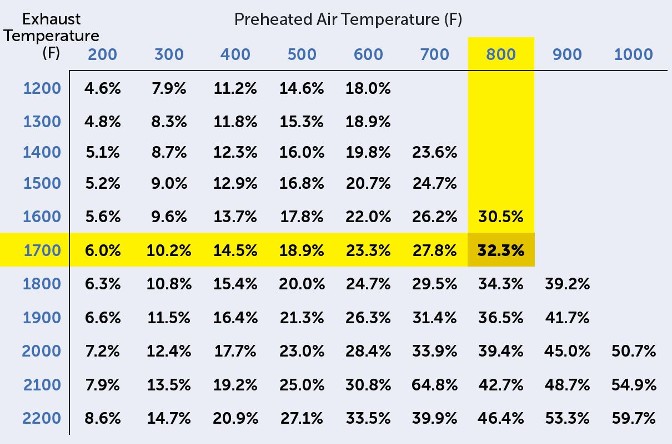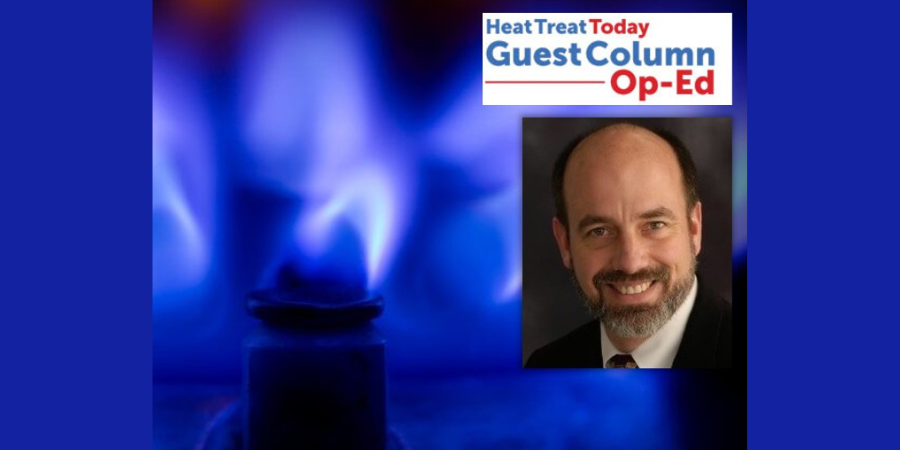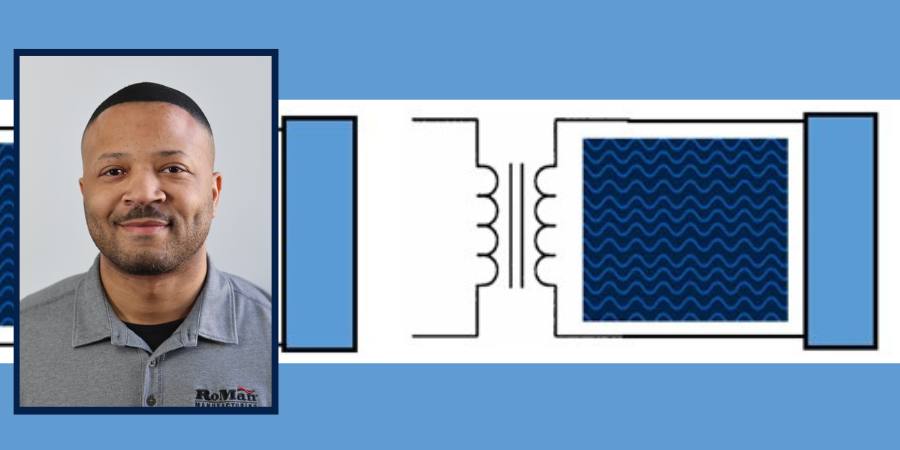
Last month, we discussed adjusting the fuel to air ratio of our burners – which is always the starting point. This month we will discuss the value of preheating combustion air using the waste energy in the furnace’s flue products to reduce our fuel consumption. This is commonly referred to as recuperation.
This column is a Combustion Corner feature written by John Clarke, technical director at Helios Electric Corporation, and appeared in Heat Treat Today's August 2022 Automotive print edition.
If you have suggestions for savings opportunities you’d like John to explore for future columns, please email Karen@heattreattoday.com.

Technical Director
Helios Electric Corporation
Source: Helios Electric Corporation
Natural gas prices continue to be a concern for our industry. We did see some short-term price relief in the U.S. because of the explosion at a Houston area LNG export facility that will reduce the U.S. ability to export natural gas for the balance of the year. Even so, there are LNG export expansion projects that will be completed in the coming year that will further expand the movement of North American natural gas to Europe and Asia. The result is that the U.S. price for natural gas will be more closely aligned with the price paid abroad. It appears the long-term factors influencing the price of natural gas in the U.S. remain unchanged — so, what should we do?

We will continue to use the same typical furnace as last month — where after adjusting the fuel to air ratio, the furnace consumes $110,208 in natural gas per year. This furnace operates at 1600°F with an exhaust temperature of 1700°F. We have purchased and installed a recuperator that preheats the air supplied to the burner to 800°F. How much can we save?
If we locate our exhaust temperature in the left-hand column and find where it intersects with the preheated air column — the estimated savings is 32.3%.

Recuperation requires a great deal more investment than simple fuel to air ratio adjustment. The projects are involved and generally require the burners be replaced or upgraded. There may also be the need to upgrade combustion air blowers and controls. Recuperation also alters the peak flame temperature the burner produces and can impact the temperature distribution within the furnace. Higher flame temperature may lead to increased NOx emissions as more nitrogen is oxidized. In most, if not all cases, these factors can be addressed with the selection of the right combustion equipment. So, assuming we wish to achieve a three-year payback — we can budget up to $106,000 for this project.
Recuperation is but one way to make use of the energy in the flue products that we would otherwise throw away. The exhaust from our burners can be directed over work to preheat it before introducing it into the furnace. The flue products can be used to generate steam so the energy can be used elsewhere in the facility.
The optimist may look at higher natural gas prices as an opportunity to gain an advantage over our competitors while the realist will see it as an imperative that we work to minimize the impact of rising costs. Either way, the path is the same: optimize the efficiency of what we have, then determine if further capital investments make sense. Next month we will discuss these steps in greater detail.
About the Author:
John Clarke, with over 30 years in the heat processing area, is currently the technical director of Helios Corporation. John’s work includes system efficiency analysis, burner design as well as burner management systems. John was a former president of the Industrial Heating Equipment Association and vice president at Maxon Corporation.
 Find heat treating products and services when you search on Heat Treat Buyers Guide.com
Find heat treating products and services when you search on Heat Treat Buyers Guide.com








